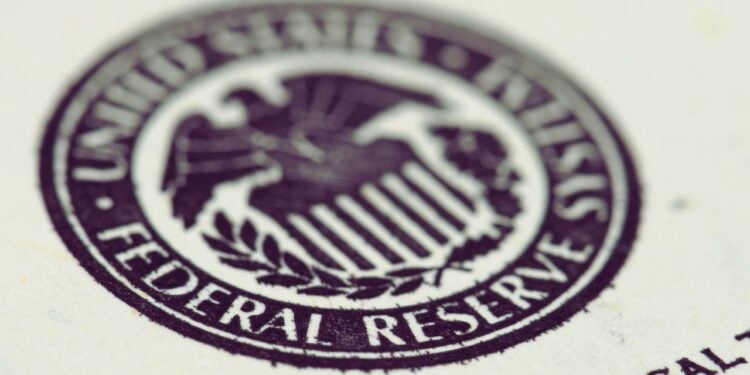The Federal Reserve initiated its highly anticipated interest rate cuts on Wednesday, reducing the benchmark rate by half a percentage point.
Wednesday’s rate cut will have widespread effects across the U.S. economy and workforce. By lowering the cost of borrowing, the Fed hopes to energize economic activities such as consumer spending and business investments.
This in turn could create new jobs and help sustain the cooling labor market, a critical goal for the Fed as the economy braces for sluggish job growth in the remainder of 2024.
It is the first interest rate cut since 2020 and marks a pivotal change in the Fed’s strategy to curb inflation — which has dropped to 2.5% from a peak of 9.1% in June 2022.
While this progress is promising, rising unemployment rates, now at 4.2%, have shifted the central bank’s focus from solely combating inflation to also addressing economic growth and job market stability across the U.S.
“We’re not saying ‘Mission Accomplished’ or anything like that,” Fed chairman Jerome Powell said during a press briefing. “But I have to say, though, we’re encouraged by the progress we have made.”
Internally, there is some debate among Federal Reserve committee members about how aggressive the rate cuts should be. NPR reports that while most agreed on a half-percentage-point reduction, Michelle Bowman, one of the committee members, advocated for a more cautious approach with a quarter-point cut.
The future pace of rate cuts remains uncertain, reflecting a divided opinion on how best to support the labor market moving forward.
The timing of this decision is particularly sensitive, coming less than seven weeks before a presidential election, where the economy’s health is a pivotal issue for voters. Despite this, Powell emphasized that the Fed’s actions are not influenced by partisan politics.
“Our job is to support the economy on behalf of the American people,” he said. “If we get it right, this will benefit the American people significantly.”


 Dr. Gleb Tsipursky – The Office Whisperer
Dr. Gleb Tsipursky – The Office Whisperer Nirit Cohen – WorkFutures
Nirit Cohen – WorkFutures Angela Howard – Culture Expert
Angela Howard – Culture Expert Drew Jones – Design & Innovation
Drew Jones – Design & Innovation Jonathan Price – CRE & Flex Expert
Jonathan Price – CRE & Flex Expert












